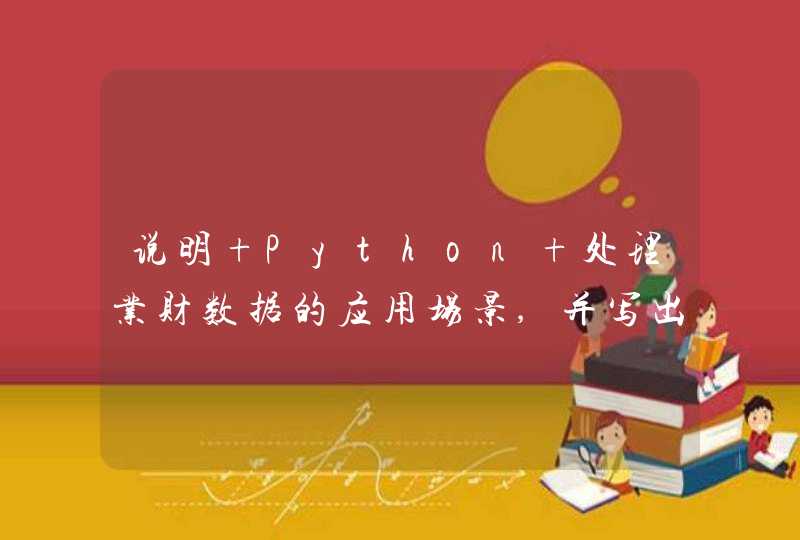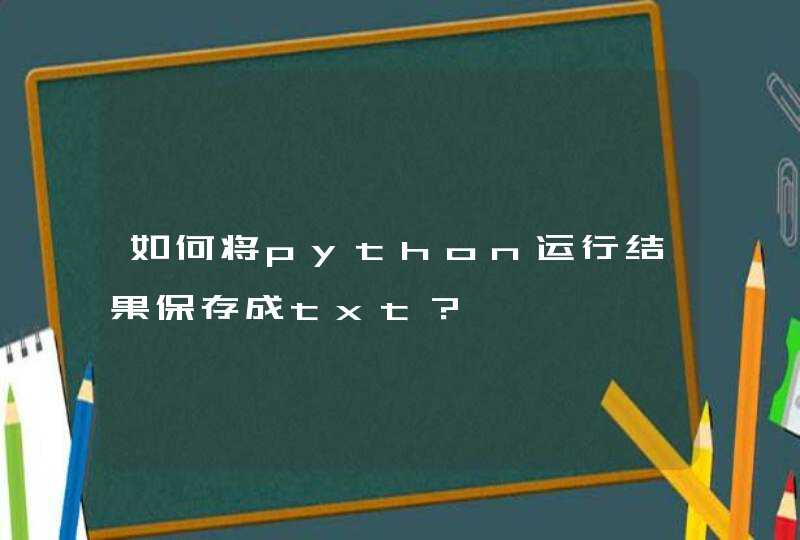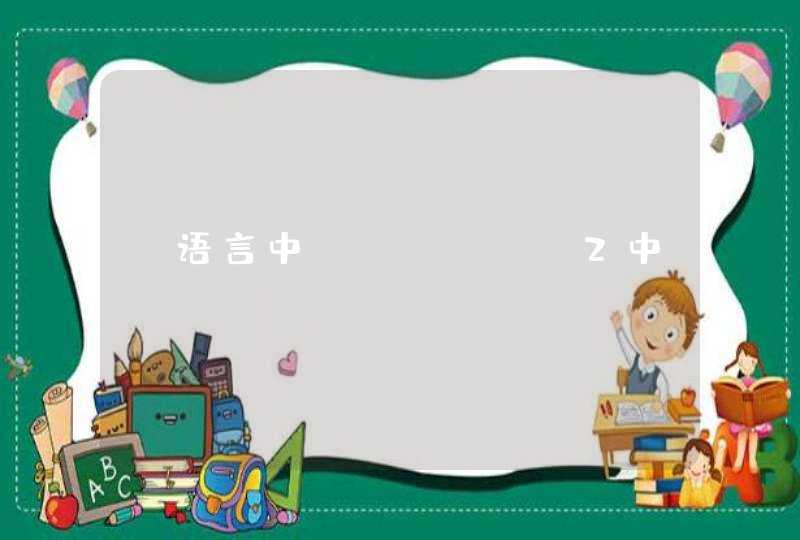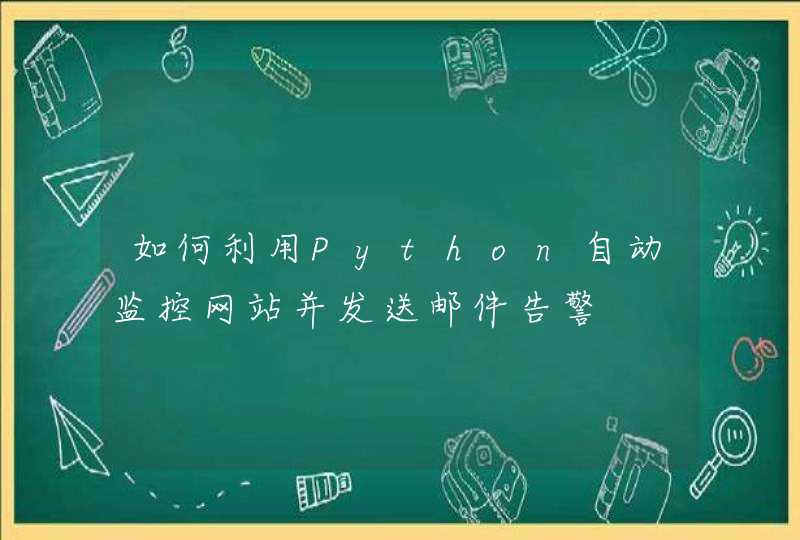
下面为来自R的text()函数使用方法(疑难词汇已经标出)
Description
text draws the strings given in the vector(矢量) labels at the coordinates(坐标) given by x and y. y may be missing since xy.coords(x, y) is used for construction of the coordinates.
Usage
text(x, ...)
## Default S3 method:
text(x, y = NULL, labels = seq_along(x$x), adj = NULL,pos = NULL, offset = 0.5, vfont =NULL,cex = 1, col = NULL, font = NULL, ...)
Arguments
x, y
numeric(数) vectors(矢量) of coordinates(坐标) where the text labels should be written. If the length of x and y differs, the shorter one is recycled.
labels
a character vector or expression specifying the text to be written. An attempt is made to coerce(强制) other language objects (names and calls) to expressions, and vectors and other classed objects to character vectors byas.character. If labels is longer than x and y, the coordinates(坐标) are recycled to the length of labels.
adj
one or two values in [0, 1] which specify(指定) the x (and optionally(可选择的) y) adjustment(调整) of the labels(标签). On most devices(装置) values outside that interval will also work.
pos
a position specifier for the text. If specified this overrides(代理佣金) any adj value given. Values of 1, 2, 3 and 4, respectively(分别地) indicate(表明) positions below, to the left of, above and to the right of the specified coordinates.
offset
when pos is specified(指定), this value gives the offset(抵消) of the label(标签) from the specified coordinate(坐标) in fractions(分数) of a character width.
vfont
NULL for the current font family, or a character vector(矢量) of length 2 for Hershey vector fonts. The first element(元素) of the vector selects a typeface and the second element selects a style. Ignored(驳回诉讼) if labels is an expression.
cex
numeric character expansion factor(因素)multiplied by par("cex") yields(产量) the final character size. NULL and NA are equivalent to 1.0.
col, font
the color and (if vfont = NULL) font to be used, possibly vectors(矢量). These default to the values of the global graphical parameters in par().
...
further graphical parameters (from par), such as srt, family and xpd.
Details
labels must be of type character or expression (or be coercible(可强迫的) to such a type). In the latter case, quite a bit of mathematical(数学的) notation(符号) is available such as sub- and superscripts(上标), greek letters,fractions(分数), etc.
adj allows adjustment of the text with respect to (x, y). Values of 0, 0.5, and 1 specify(指定) left/bottom, middle and right/top alignment(队列), respectively(分别地). The default is for centered text, i.e., adj = c(0.5, NA).Accurate(精确的) vertical(垂直的) centering needs character metric(度量标准) information on individual(个人的) characters which is only available on some devices(装置). Vertical alignment is done slightly differently for character strings and for expressions: adj = c(0,0) means to left-justify and to align(结盟) on the baseline for strings but on the bottom of the bounding box for expressions. This also affects vertical(垂直的) centering: for strings the centeringexcludes(排除) any descenders(下降) whereas(然而) for expressions it includes them. Using NA for strings centers them, including descenders.
The pos and offset arguments can be used in conjunction(结合) with values returned by identify to recreate(再创造) an interactively(交互式地) labelled(贴上标签的) plot(情节).
Text can be rotated(旋转的) by using graphical parameters srt (see par)this rotates about the centre set by adj.
Graphical parameters col, cex and font can be vectors(矢量) and will then be applied cyclically(周期的) to the labels (and extra values will be ignored(驳回诉讼)). NA values of font are replaced by par("font"), and similarly for col.
Labels whose x, y or labels value is NA are omitted(省略) from the plot(情节).
What happens when font = 5 (the symbol(象征) font) is selected can be both device- and locale-dependent. Most often labels will be interpreted(说明) in the Adobe symbol encoding, so e.g. "d" is delta, and "\300" is aleph.
Euro symbol
The Euro symbol may not be available in older fonts. In current versions of Adobe symbol fonts it is character 160, so text(x, y, "\xA0", font = 5) may work. People using Western European locales(场所) on Unix-alikes can probably select ISO-8895-15 (Latin-9) which has the Euro as character 165: this can also be used for postscript and pdf. It is \u20ac in Unicode, which can be used in UTF-8 locales(场所).
In all the European Windows encodings the Euro is symbol(象征) 128 and \u20ac will work in all locales: however not all fonts will include it. It is not in the symbol font used for windows and related devices(装置), including the Windows printer.
References
Becker, R. A., Chambers, J. M. and Wilks, A. R. (1988) The New S Language. Wadsworth &Brooks/Cole.
Murrell, P. (2005) R Graphics. Chapman(叫卖小贩) &Hall/CRC Press.
See Also
text.formula for the formula(公式) methodmtext, title, Hershey for details on Hershey vector(矢量) fonts, plotmath for details and more examples on mathematical(数学的) annotation(注释).
Examples
plot(-1:1, -1:1, type = "n", xlab = "Re", ylab = "Im")
K <- 16text(exp(1i * 2 * pi * (1:K) / K), col = 2)
## The following two examples use latin1 characters: these may not
## appear correctly (or be omitted entirely).
plot(1:10, 1:10, main = "text(...) examples\n~~~~~~~~~~~~~~",
sub = "R is GNU ©, but not ® ...")
mtext("«Latin-1 accented chars»: éè øØ å<Å æ<Æ", side = 3)
points(c(6,2), c(2,1), pch = 3, cex = 4, col = "red")
text(6, 2, "the text is CENTERED around (x,y) = (6,2) by default",
cex = .8)
text(2, 1, "or Left/Bottom - JUSTIFIED at (2,1) by 'adj = c(0,0)'",
adj = c(0,0))
text(4, 9, expression(hat(beta) == (X^t * X)^{-1} * X^t * y))
text(4, 8.4, "expression(hat(beta) == (X^t * X)^{-1} * X^t * y)",
cex = .75)
text(4, 7, expression(bar(x) == sum(frac(x[i], n), i==1, n)))
## Two more latin1 examples
text(5, 10.2,
"Le français, c'est façile: Règles, Liberté, Egalité, Fraternité...")
text(5, 9.8,
"Jetz no chli züritüütsch: (noch ein bißchen Zürcher deutsch)")
ggsurvplot(fit, #生存分析结果
data = NULL, #a dataset used to fit survival curves
fun = NULL, # 定义生存曲线转换的任意函数。 经常使用的转换可以用字符参数指定:“event”绘制累积事件(f(y) = 1-y),“cumhaz”绘制累积风险函数(f(y) = -log(y)),“pct”以百分比表示生存概率。
color = NULL, #曲线颜色
palette = NULL, #颜色调色板,可选调色板有 "grey","npg","aaas","lancet","jco", "ucscgb","uchicago","simpsons"和"rickandmorty".
linetype = 1, #线条形状,可以用数值型向量1,2表示,也可以用字符串向量c("solid", "dashed").
conf.int = FALSE, #是否画出置信区间
pval = FALSE, #是否显示P值
pval.method = FALSE, #是否添加计算P值得方法得文本,前提是pval = TRUE
test.for.trend = FALSE, #默认是F,如果TURE,返回trend Pvalues检验。 趋势检验旨在检测生存曲线的有序差异。 也就是说,至少对一个群体来说。 只有组数为>2时,才能进行趋势测试。
surv.median.line = "none", #画一条水平或者垂直得生存中位值线,允许的值有c("none", "hv", "h", "v"). v: 垂直vertical, h:水平horizontal.
risk.table = FALSE, #是否显示风险table。其他值有absolute" or "percentage",显示绝对数值/百分比;参数"abs_pct" ,百分比以及绝对数值都显示
cumevents = FALSE, # logical value specifying whether to show or not the table of the cumulative number of events.
cumcensor = FALSE, #logical value specifying whether to show or not the table of the cumulative number of censoring.
tables.height = 0.25, #设置table得高度,取值范围0-1
group.by = NULL, #包含分组变量名称得字符串向量。长度<=2
facet.by = NULL, #一个字符向量,包含将生存曲线分成多个面板的分组变量的名称。
add.all = FALSE, #一个逻辑值。 如果为TRUE,则在主图中添加合并患者(null model)的生存曲线。
combine = FALSE, # a logical value. If TRUE, combine a list survfit objects on the same plot.
ggtheme = theme_survminer(), #主题名称
tables.theme = ggtheme, #主题名称,默认是theme_survminer.
... #后面描述的参数和其他参数将被传递给ggplot2 geom_*()函数,如linetype, size, ii)或ggpar()函数来定制图形。 看到的细节部分
)
type='b'所有参赛:
"p" for points,
"l" for lines,
"b" for both,
"c" for the lines part alone of "b",
"o" for both ‘overplotted’,
"h" for ‘histogram’ like (or ‘high-density’) vertical lines,
"s" for stair steps,
"S" for other steps, see ‘Details’ below,
"n" for no plotting.





















































![R语言程序 !(7==6)==1 [1] TRUE 什么意思?](/aiimages/R%E8%AF%AD%E8%A8%80%E7%A8%8B%E5%BA%8F+%21%287%3D%3D6%29%3D%3D1+%5B1%5D+TRUE+%E4%BB%80%E4%B9%88%E6%84%8F%E6%80%9D%EF%BC%9F.png)















